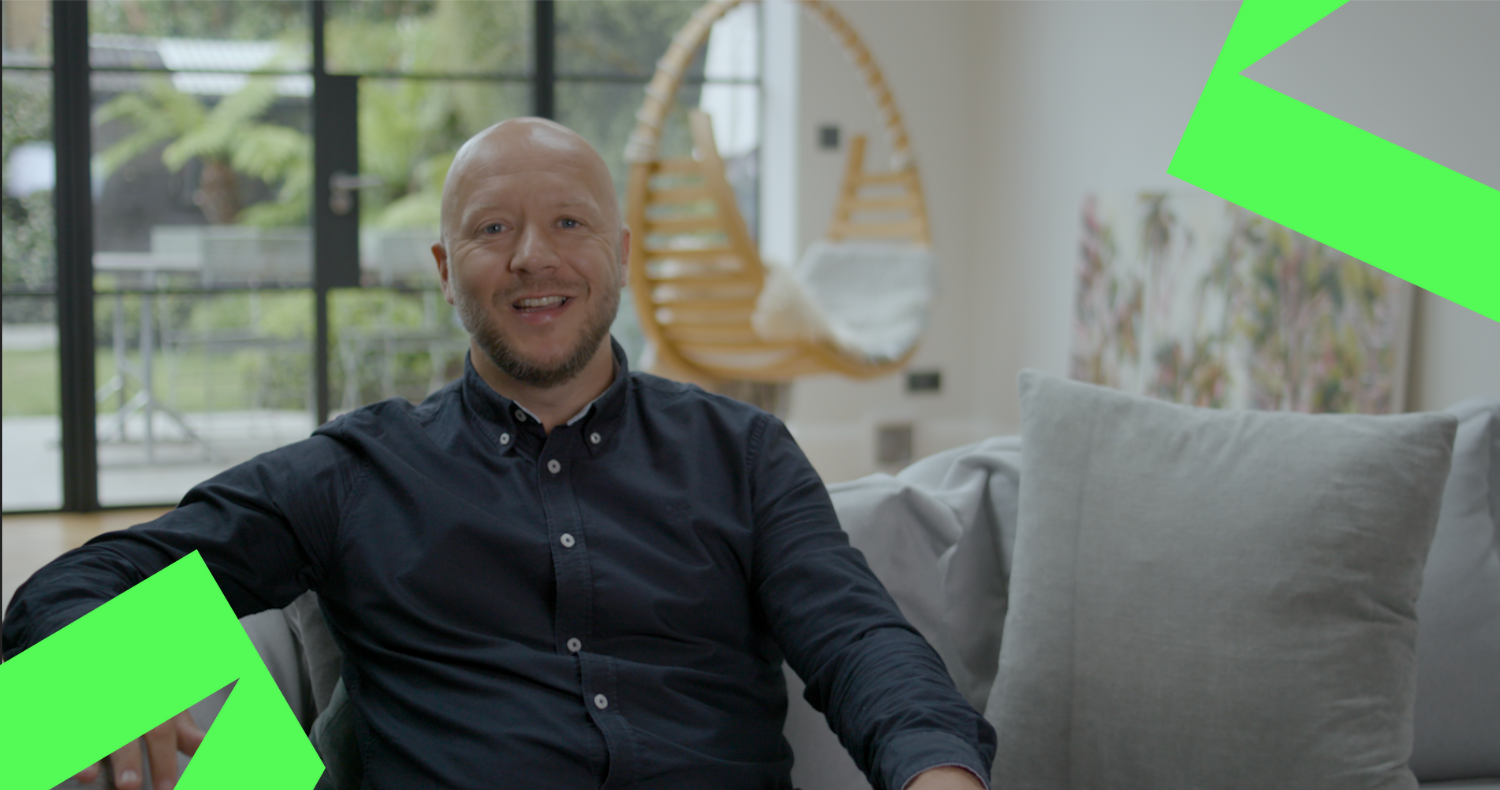
What is the future of leadership? According to Gib Bulloch, founder of The Craigberoch Business Decelerator, we may need to throw our traditional ideas out of the window.
“What I think we will see is a self-organising, non-hierarchical, bottom up, democratised, more conscious model of leadership,” he says.
It’s a difficult proposition for both startups and corporates. The former might embody a self-organising style of leadership but it’s rarely conscious and it’s difficult to scale. Meanwhile, corporates might be highly intentional but dismantling their hierarchical system is about as easy as turning the pyramids of Giza upside down.
Impossible or not, action needs to be taken. In our Disruptive Leadership Report we found that 53% of businesses are facing disruption. Startups are struggling to execute; corporates are struggling to innovate. If leaders in either camp are to be disruptive in years to come, they need to confront the hard truths of what they’re missing.
Disrupted organisations tend to be great at either execution or innovation – but they don’t balance the two very well.
Corporates are usually built for execution. They’ve created a razor sharp system that can deliver products and services flawlessly. The trouble is, this system often cuts new ideas to ribbons before they have a chance to prove themselves.
“Incubating from within is the hardest thing to get right,” says Jose Fernand Nava, Head of Next Generation Services, DHL. “You’re trying to reconcile startup life to the life of a corporate.”
It’s not just a matter of hijacking the lean startup model or bolting agile thinking onto the side of your organisation.
Stephen Rapoport, an Entrepreneur and Innovation Consultant, says corporate innovation labs are “using a team of people with an operating model and culture that have been expertly crafted over a hundred years to deliver 3% growth with minimal risk in their core markets.”
Trying to nourish a new disruptive idea in a perfect corporate world is like trying to grow crops on the wrong planet – the atmosphere, the gravity and the light aren’t conducive to life. As Rapoport says, “It’s very slow and very expensive and results in failure…a hundred percent of the time.”
Startups face a different kind of hell. They’re often better at innovation initially and they achieve this success through, as one leader put it to us, “acts of insurgency and heroism and by breaking all the rules.” The snag is, “you can’t industrialise rule-breaking.”
Intuition worked for them at first but now they’re trying to enable 1,000 employees – and many inexperienced managers – to think intuitively in the same vein. The result can be chaos.
So what’s the alternative? How do you stop a small team of experts owning innovation while the rest toe the line or descend into disorder?
First, the innovation problem. Ciela Hartanov, co-founder of humcollective, says to embody an emergent way of working “you need to talk about loosening the hierarchy and creating teams that come together and then dissolve.”
This is a critical point. In our Disruptive Leadership Report, 72% of C-Suite respondents said silos were blocking innovation, while 61% said top down decision-making was to blame.
It’s not a simple trend to reverse. “it requires a high degree of clarity on what your end goal is,” says Hartanov. ”That’s hard in large organisations where there are often many different goals.”
Difficult or not, it’s where disruptive leadership is going. Even large multinationals like Novartis have made ‘unbossed’ a central value. At Netflix, the leader’s job is to create “space and freedom”. Instead of working with fixed budgets and weighty approval processes, employees ‘farm for dissent’, circulating a new idea to get critique and feedback before going ahead.
In this climate, new ideas can get tested fast, get on the road fast, and fly through a series of green lights – months before other organisations would dare to submit a proposal.
Next, the execution problem. In our Disruptive Leadership Report we found that disruptive organisations balanced innovation with execution in a strategic way, one embodied by Amazon and Google and their 70:20:10 method:
That doesn’t mean innovation is limited to 10% or to one department. Innovation is everyone’s job and incentives exist to encourage it at all levels.
Like Google and Amazon, disruptive organisations allocate most of their resources to executing their core. They are also 35% more likely to invest in scanning their environments for new trends.
These companies don’t wait for others to disrupt them, they actually search for ways to disrupt their own business model. They’ve accepted that a disruptive market is inevitable – and instead of resisting it, they’ve chosen to own it.
Applying agile principles to products isn’t enough. Businesses need to apply them to their culture, systems and processes. That’s the only way corporates will cultivate an environment where innovation can grow, and startups will create a system that’s robust in the hands of newly recruited managers.
T-minus was forged in the fires of startups and some of the most successful companies in the world. With 20 years of leadership behind us, we know how potent a resilient, disruptive engine can be. As Paul Clarke, former CTO of Ocado, told us, “Our ability to constantly evolve our innovation machine is one of the most crucial and differentiating aspects of our business.”
In this changing world, the only constant is disruption. To be ready for it, download our Disruptive Leadership Report, a playbook for leaders of the 4th industrial revolution.



































